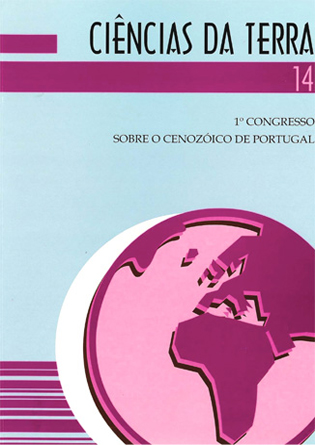Late Quaternary warm marine mollusks from Santa Maria (Azores) paleoecologic and paleobiogeographic considerations
Abstract
Keywords: Pleistocene; marine invertebrates; Macaronesia; paleoecology; paleobiogeography. The sub-fossil fauna from the Late Quaternary marine deposits of Santa Maria is made of more than 50 species of gastropods and bivalves, 19 of them collected recently and for the first lime in the northern coast of the island (Lagoinhas Bay). The sub-fossil shells are found in deposits of beach sands, situated 2-3 meters above the present low tide. The carbonated sands from the basal part of the succession yield an autochthonous association of borers dominated by the bivalve Myoforceps aristata (Dillwin, 1817). Upwards, the marine sands contain concentrations of beach drift shells, including well-preserved supratidal and intertidal gastropods, among them a large number of Rissoidae. The bivalve fauna is dominated by disarticulated valves of Ervilia castanea (Montagu, 1803), a small infaunal coloniser of mobile sandy substrates. The composition of the fauna is made essentially of West European species, many of them common to the West Coast of Portugal. However, a few "warm guests" with West African or Caribbean affinities were also found, suggesting a close relation with some of the ''Tyrrhenian'' warm associations found in the Western Mediterranean.Downloads
Published
2009-06-09
Issue
Section
Articles






